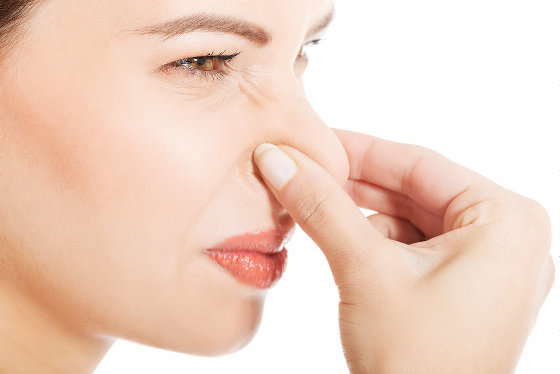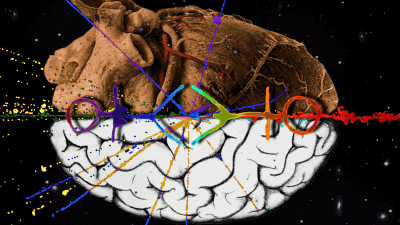When you see harmful behavior, your brain reacts in the same way as when you smell a foul odor.

by
Researchers have found that the reaction of the brain when seeing 'harmful behavior of a person' is the same as the reaction of the brain when 'sniffing a foul odor'. This means that when you see a person's harmful behavior, the way you feel the taste and smell changes, and conversely, it becomes easier to judge that it is 'harmful' to a person who gives off a bad smell. Explains.
Unhealthy behaviors trigger same brain responses as bad smells
https://medicalxpress.com/news/2020-10-unhealthy-behaviors-trigger-brain-responses.html
Smell provides information such as the freshness of food, so people can avoid poisonous food by creating disgust in the scent. Similarly, pain can allow a person to withdraw and reduce the risk of injury. Reflexive reactions such as disgust and pain are the product of evolution that people have used to increase their survival rate, but many psychologists say that these survival reflexes are also 'unhealthy and harmful behaviors of others.' He thinks he will react.
Previous studies have argued whether the basic human emotions that affect 'moral judgment', such as immorality, are 'disgust' or 'pain.' Therefore, Corrado Corradi-Dell'Acqua of the University of Geneva's Faculty of Psychology investigated in a unique way whether 'disgust' or 'pain' affects moral emotions.
In this study, Corradi-Dell'Acqua first stinked or caused heat pain to subjects. After creating similar stimuli in different ways, foul odor and pain, the research team asked the subjects to read a book that induces 'value judgments' such as the trolley problem . The trolley problem is 'There are 5 people in the uncontrollable destination of the minecart, and if it is left as it is, it will be killed. However, I happen to be near the turnout and I can change the destination of the minecart, If you change it, one person will surely die in that course. Do you switch the destination? '

As a result of the experiment, the dilemma of the trolley problem changed the subject's way of feeling the smell and created disgust, but the pain felt did not change. How the subjects felt the pain was confirmed by measuring sweating and the response of the nervous system to electrical stimulation.
Later, Corradi-Dell'Acqua confirmed changes in the brain to the two stimuli. In general, it is very difficult to distinguish between the two stimuli, pain and disgust, because the brain is active in the same place. So instead of focusing on a specific area, the research team used MRI to study the activity of the entire brain. Researchers report that the results show that the brain-wide response to disgust is influenced by moral responses.
In response to the results of this study, Corradi-Dell'Acqua said, 'For example, when you drink something and read something that affects moral judgment, such as a corruption article, you may feel bad smell or taste. On the contrary, the smell can cause inappropriate moral judgments, and it can be judged that 'this person is harmful' to a person who gives off a bad smell. '
The MRI method used in the study is new, and 'in addition to the important findings of psychology, this study provided an opportunity to develop a prototype biomarker for olfactory disgust. We can say that we have made great strides in two respects, 'said Corradi-Dell'Acqua.

Related Posts:
in Science, Posted by darkhorse_log







